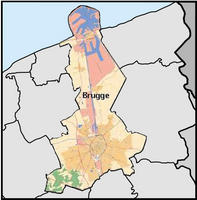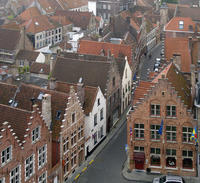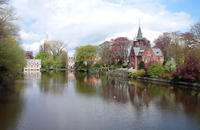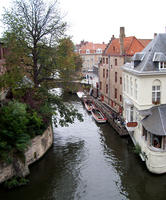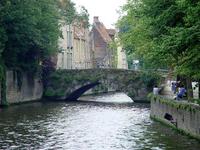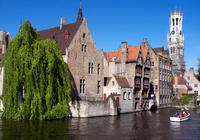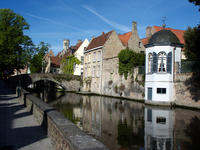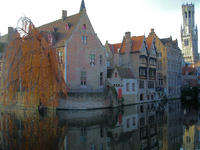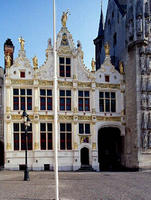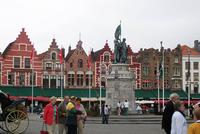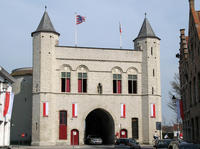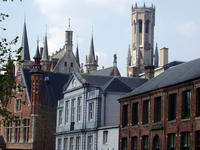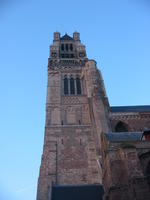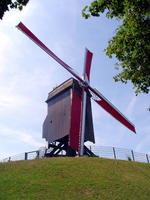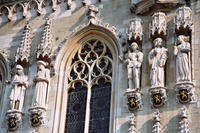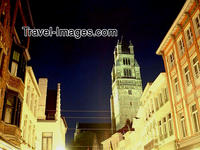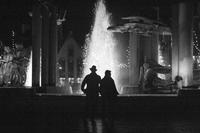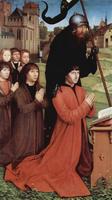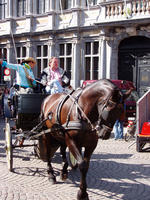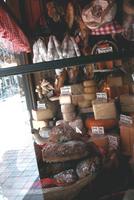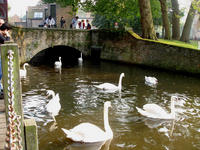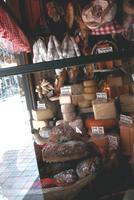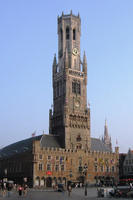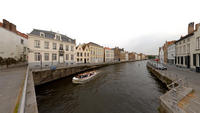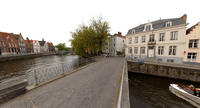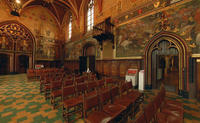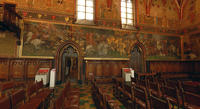You are in: Europe -> Belgium -> Historic Centre of Brugge, and traditional search or Image Gallery will yield results of this site only
Historic Centre of Brugge
| Site number: | 996 |
|
| Type of site: | Cultural | |
| Date: | 1st century BC | |
| Date of Inscription: | 2000 | |
| Location: | Europe, Belgium, Province of West Flanders | |
| Video: |
|
Up to 75 images are shown here. Click on each for more details or on Image Gallery for more images.
Six official UN languages:
Arabic,
Chinese,
English,
French,
Russian,
Spanish
Other languages: Afrikaans, Bulgarian, Catalan, Czech, Danish, Dutch, Farsi, Finnish, Frisian, Galician, German, Hebrew, Hungarian, Italian, Japanese, Latvian, Limburgish, Lithuanian, Luxembourgish, Norwegian-bokmål, Norwegian-nynorsk, Polish, Portuguese, Serbian, Slovenian, Swedish, Turkish, West Flemish, Low German
Other languages: Afrikaans, Bulgarian, Catalan, Czech, Danish, Dutch, Farsi, Finnish, Frisian, Galician, German, Hebrew, Hungarian, Italian, Japanese, Latvian, Limburgish, Lithuanian, Luxembourgish, Norwegian-bokmål, Norwegian-nynorsk, Polish, Portuguese, Serbian, Slovenian, Swedish, Turkish, West Flemish, Low German
| Description: | Though Brugge developed over the centuries, it remains an exceptional example of a medieval historic settlement, maintaining its historic fabric through the original Gothic constructions that shape the town's identity. Brugge, being one of Europe’s many commercial and cultural capitals, developed cultural links with different corners of the world. Nowadays the town is closely associated with the school of Flemish Primitive painting. --WHMNet paraphrase from the description at WHC Site, where additional information is available. For 360 degree imaging of this site, click here. | |
| Bruges (Dutch: Brugge, stemming from Bryggja, which assumedly used to signify 'landing stage' or 'port') is the capital and largest city of the province of West Flanders in the Flemish Region of Belgium. It is located in the northwest of the country. The historic city centre is a prominent World Heritage Site of UNESCO. It's egg-shaped and about 430 ha in size. The surface of the complete city amounts to more than 13,840 ha, including 193.7 ha off the coast, at Zeebrugge. The city's total population is more than 117,000, of which ca. 20,000 live in the historic centre. Bruges has a significant economic importance, thanks to its port, and is also home to the College of Europe. Very few traces of human activity date from the Pre-Roman Gaul era. The first fortifications were built after Julius Caesar's conquest of the Menapii in the 1st century BC to protect the coastal area against pirates. The Franks took over the whole region from the Romans around the 4th century and administered it as the Pagus Flandrensis. The Viking incursions of the 9th century prompted Baldwin I, Count of Flanders to reinforce the Roman fortifications; trade soon resumed with England and Scandinavia. It is at around this time that coins appeared bearing for the first time the name Bryggia, a name that may have the same origin as Norway’s Bryggen. Bruges got its city charter on July 27, 1128 and built itself new walls and canals. In the 15th century, Philip the Good, duke of Burgundy set up court in Bruges, as well as Brussels and Lille, attracting a number of artists, bankers, and other prominent personalities from all over Europe. The new Flemish-school, oil-painting techniques gained world renown. The first book in English ever printed was published in Bruges by William Caxton. Bruges has most of its medieval architecture intact. The historic centre of Bruges is a UNESCO World Heritage Site since 2000. There are many worth seeing medieval buildings, including the Church of Our Lady, whose brick spire - at 122m - makes it one of the world's highest brick towers/buildings. The sculpture Madonna and Child, which can be seen in the transept, is believed to be Michelangelo's only sculpture to have left Italy within his lifetime. Bruges is also famous for its 13th-century Belfry, housing a municipal Carillon comprising 47 bells. The city still employs a full-time bell ringer, Aimé Lombaért, who puts on regular free concerts. --Wikipedia. Text is available under the Creative Commons Attribution-ShareAlike License. For 360 degree imaging of this site, click here. | ||
| Source: | http://whc.unesco.org/en/list/996 | |
| Source2: | http://whc.unesco.org/en/list/996/video | |
| Reference: | 1. UNESCO World Heritage Center, Site Page. | |


 NHK World Heritage 100 series
NHK World Heritage 100 series